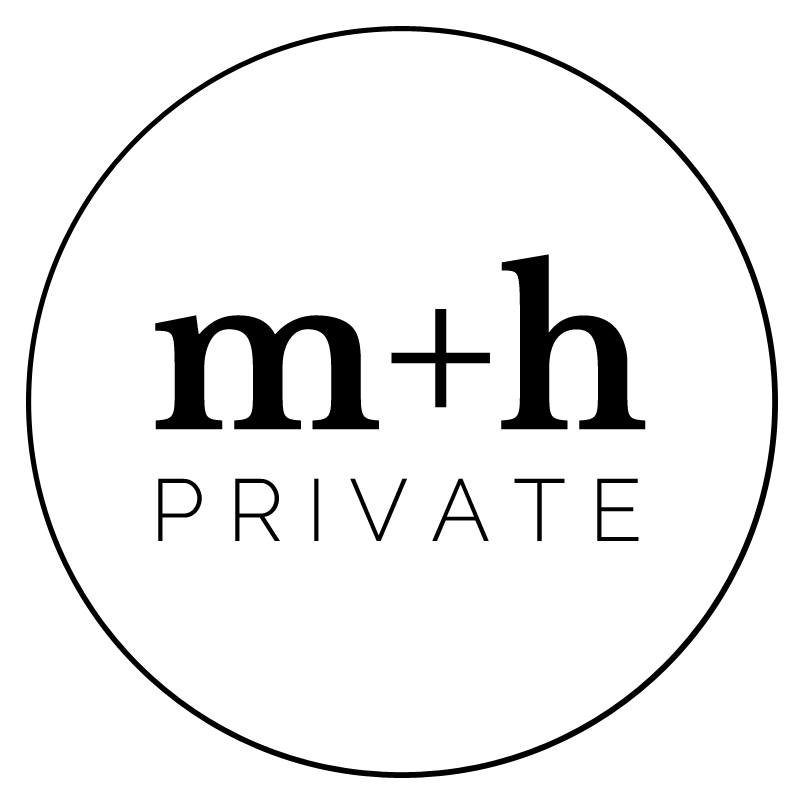New fast tracked corporate tax cuts
Do you qualify?
If your company is an eligible base rate entity, there’s good news on your corporate tax cuts timeline scenario. And if you’re an unincorporated entity, you’re in for an increased income tax offset.
Following new legislation passed on October 25 – the Treasury Laws Amendment (Lower Taxes for Small and Medium Businesses) Act 2018 – the government’s previously announced ‘ten-year plan’ has been shortened by five years. This means that the minimum corporate tax rate (25%) and the maximum small business income tax offset (16.5%) will now take effect from 2021 – 22, not 2026 – 27.
In a nutshell, this new legislation speeds up the Australian company tax rate reductions legislated in May 2017. It aims:
To accelerate the reduction of the corporate tax rate for entities that are base rate entities (BREs) and also
To increase the income tax offset for unincorporated entities.
From the 2017 – 18 income year, only corporate tax entities which are BREs are eligible for the lower corporate tax rate.
Base rate entity – do you qualify?
The ATO stipulates that to meet the base rate entity criteria your company must:
‘Have an aggregated turnover less than the aggregated turnover threshold - which is $25 million for the 2017 – 18 income year
Have assessable income of which 80% or less is base rate entity passive income. This replaces the requirement to be carrying on a business.
Base rate entity passive income is:
Corporate distributions and franking credits on these distributions
Royalties and rent
Interest income (some exceptions apply)
Gains on qualifying securities
A net capital gain
An amount included in the assessable income of a partner in a partnership or a beneficiary of a trust, to the extent it is traceable (either directly or indirectly) to an amount that is otherwise base rate entity passive income.’
Summary of corporate tax cuts acceleration
| Income year | Eligible corporate tax entities | Aggregated annual turnover threshold |
Tax rate — new law |
|---|---|---|---|
|
2016–17 |
SBE |
$10 million |
27.5% |
|
2017–18 |
BRE |
$25 million |
27.5% |
|
2018–19 |
BRE |
$50 million |
27.5% |
|
2019–20 |
BRE |
$50 million |
27.5% |
|
2020–21 |
BRE |
$50 million |
26% |
|
2021– 22 |
BRE |
$50 million |
25% |
|
2022–23 |
BRE |
$50 million |
25% |
|
2023–24 |
BRE |
$50 million |
25% |
|
2024–25 |
BRE |
$50 million |
25% |
|
2025–26 |
BRE |
$50 million |
25% |
|
2026–27 |
BRE |
$50 million |
25% |
* All other corporate tax entities are taxed at 30%
How does this impact maximum franking rates?
To calculate the maximum franking credits you’re allowed on distributions paid in the 2016 – 17 or later years, you need to refer to the ‘corporate tax rate for imputation purposes.’ In other words, the tax rate of that income year.
This also means that your allowable franking credits will be reduced as the tax rate decreases.
So, what are the implications?
If you’re a shareholder with a marginal tax rebate above that of the corporate tax rate, your ‘top-up’ tax will increase
A higher proportion of franking credits will be left in the company’s franking account, due to the reduction in the maximum franking rate.
Small business tax offsets gains
This small business income tax offset (SBITO) was introduced in the 2015 – 16 financial year. You may be entitled to a tax offset equal to 5% of your tax liability, relating to your small business income (capped at $1,000 per year).
The recent legislation increased the rate of this tax offset over a 10 year period, from 5%, to 8%, to 16% by 2022.
It’s important to note that this offset has an aggregated turnover threshold of $5 million.
Summary of accelerated increases to the SBITO
|
Income year |
Previous rate |
New rate |
|
2016–17 |
8% |
8% |
|
2017–18 |
8% |
8% |
|
2018–19 |
8% |
8% |
|
2019–20 |
8% |
8% |
|
2020–21 |
8% |
13% |
|
2021– 22 |
8% |
16% |
|
2022–23 |
8% |
16% |
|
2023–24 |
8% |
16% |
|
2024–25 |
10% |
16% |
|
2025–26 |
13% |
16% |
|
2026–27 |
16% |
16% |
The SBITO will continue to be capped at $1000 per individual per year.
How do Australian corporate tax rates compare?
These accelerated company tax cuts are of course a step in the right direction. Sadly, however our rates are woefully high when it comes to other developed countries. Australia is one of the most taxed nations in the world, both on a corporate and personal level.
Here’s an international company tax rate comparison:
Get in touch with M + H Private
Corporate and small business tax rates can be complex. To ensure you’re getting all the tax breaks you’re entitled to, contact the professionals at M + H Private in Brisbane today on +61 7 3036 7174.


